
Convenience stores are adding more services, increasing the number of people working in-store and investing in their businesses despite soaring costs.
This year’s Local Shop Report from the Association of Convenience Stores shows c-store retailers have invested £814m in the past year on improving stores, extending the range of services available to customers and becoming more efficient.
Some 365,000 people are employed in mainland UK’s 46,262 convenience stores, 24% of which only employ family members. Three-quarters of people working in the sector work fewer than 30 hours a week, while 24% of independent convenience store owners work more than 70 hours a week.
“While rising employment costs could have been a contributing factor to this, the main thing this shows is that convenience stores aren’t cutting staff numbers and moving across to automation, but instead retaining staff with flexible employment needs,” said ACS chief executive James Lowman.
“The rise in part-time working in the sector demonstrates the flexibility that stores offer to staff who come from within the local area, usually walk to work and often have other commitments such as study or childcare. However, with stores offering more services, there are increasing opportunities for colleagues to develop new skills as part of their work.”
Lowman noted “a significant rise” in the percentage of retailers that offer contactless payment, with 80% of stores now offering the service.
Not all retailers, however, were able to invest in updating their equipment, Lowman explained, “and with cash still being the main form of payment for 75% of transactions across the sector, there will be some stores that don’t feel they need to offer contactless payment for their demographic of customers”.
Some 62% of c-stores used social media, including Facebook, Twitter, Instagram and WhatsApp, to promote their business. Self-service checkouts are still to catch on, employed in just 2% of c-stores.
The report shows though that the much-hyped sandwiches and hot food to go category accounted for just 3.3% of sales (2.8% sandwiches. 1.5% hot food to go).
Lowman said: “There is no doubt that food to go remains an exciting developing category in the convenience sector, but for many this is not yet a core category.
“We expect the contribution of food to go to increase in the coming years, but retailers need to make sure they get their offer right and deal with other issues like wastage and employment costs to ensure that the offer is sustainable.”







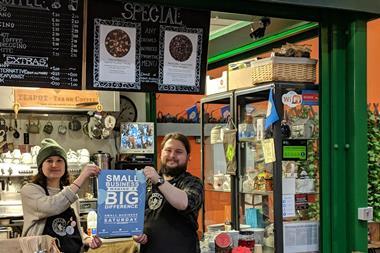
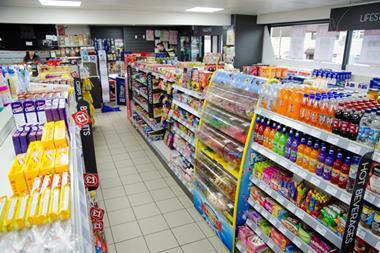
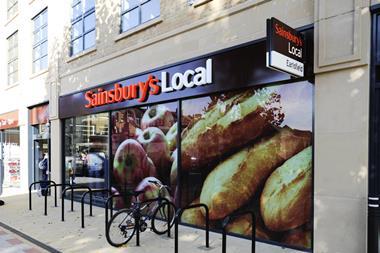

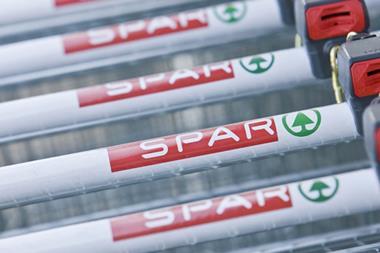


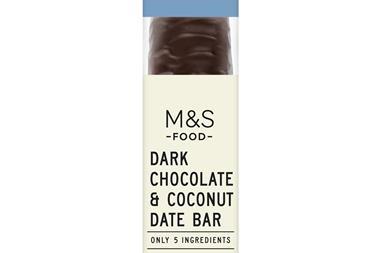

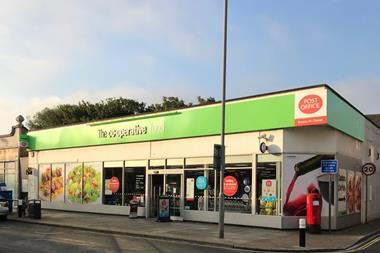


No comments yet